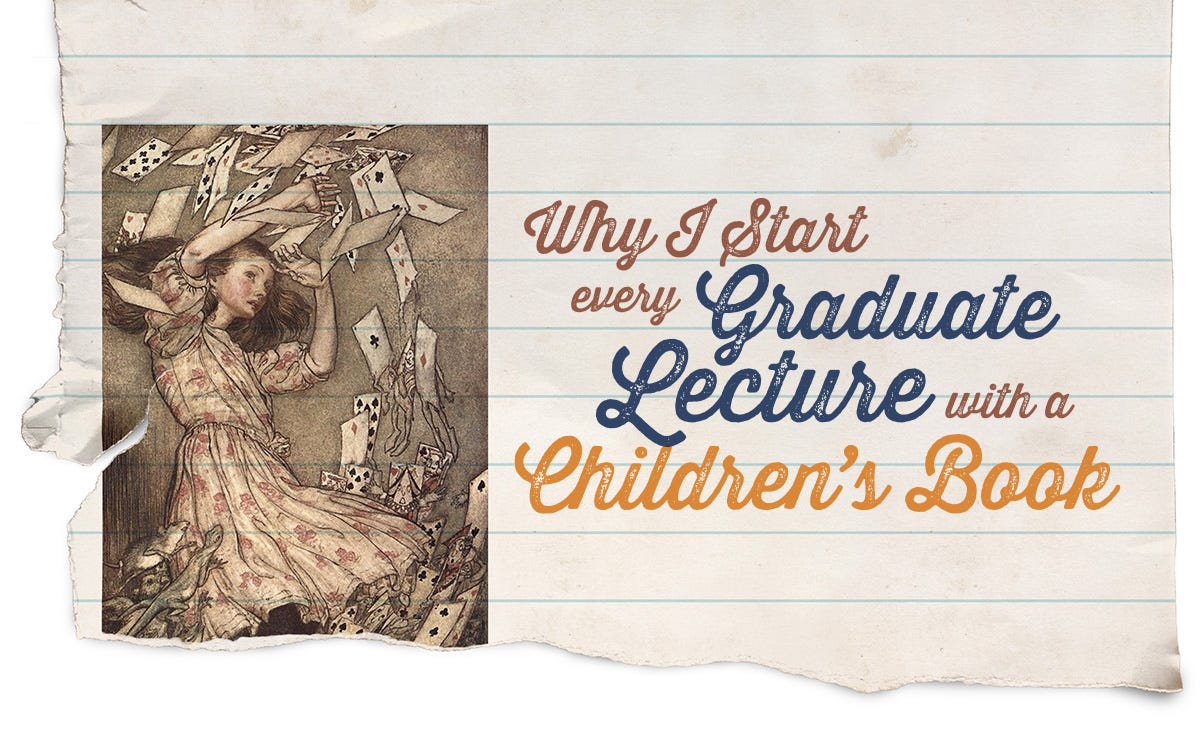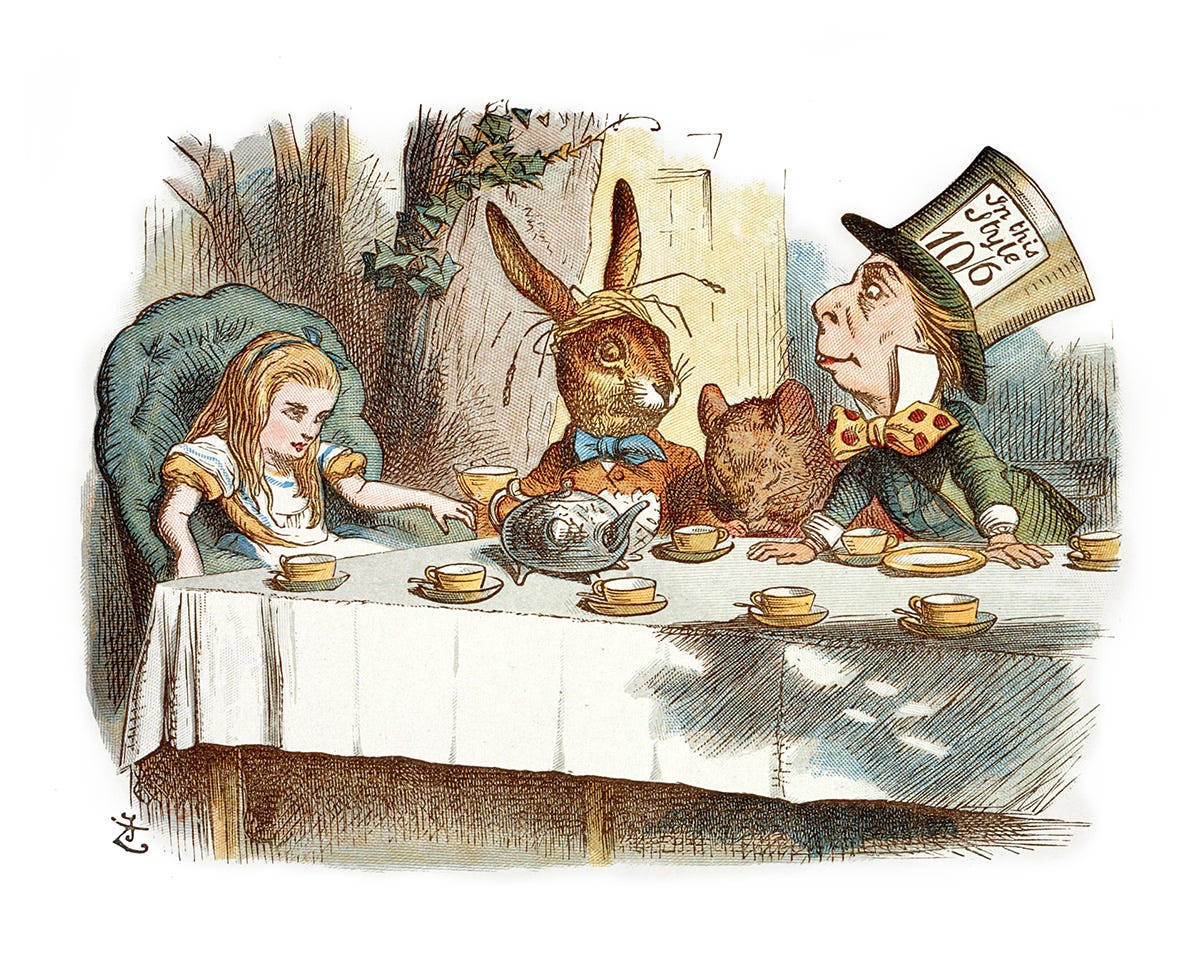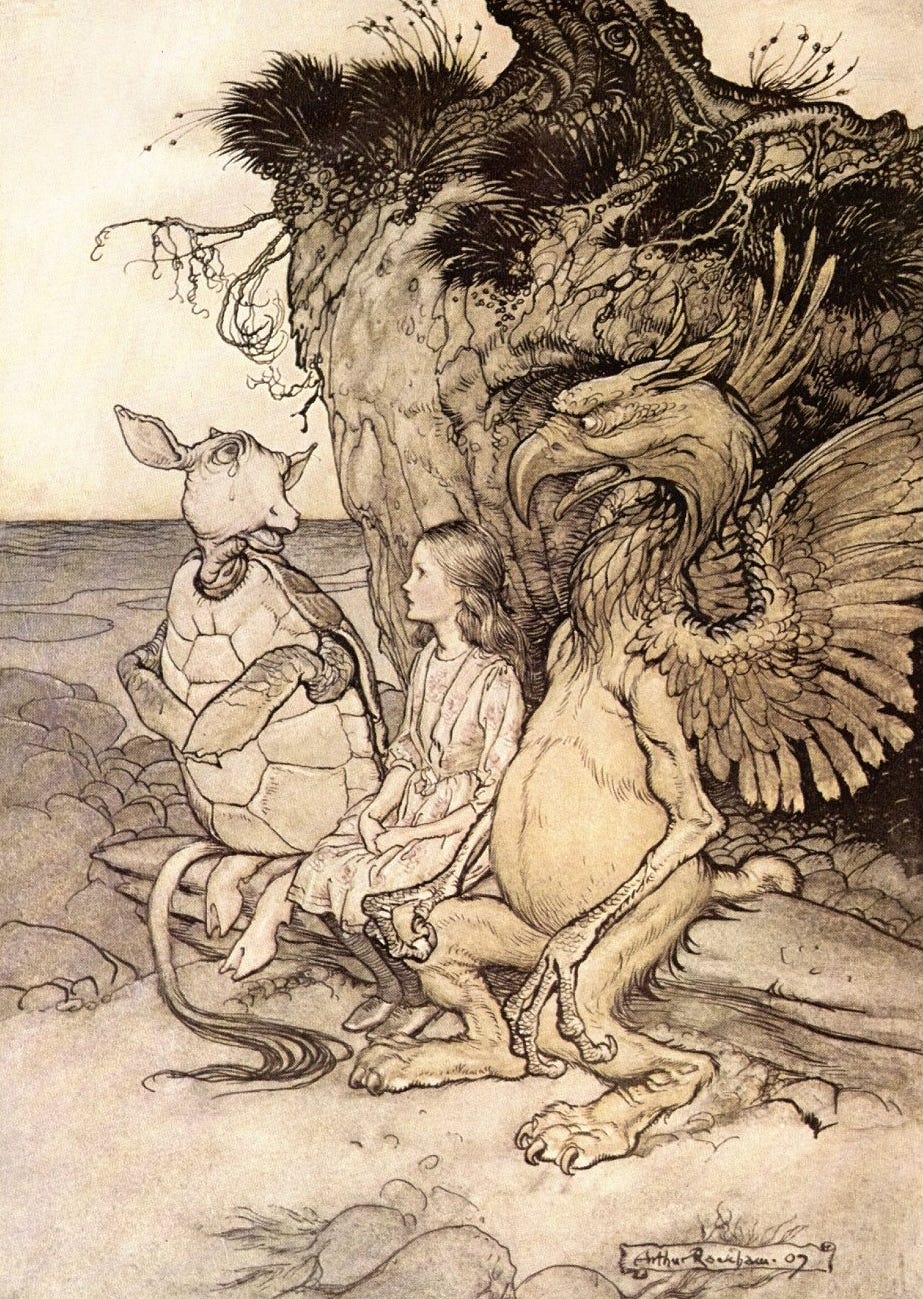The best thing that ever happened to my teaching was to finish my PhD in the maternity ward, with a newborn on my left knee and thesis corrections on my right. Although it is true that one might “birth” a dissertation, it is at that point the author who needs to grow. In the raising of my four children, my true education began. I was manhandled by those strict taskmasters. They decided to unmake me and remake me. They became my pedagogues. Their tools were joy, helplessness and relationship.
Disconcertingly, the very things that had helped me “accomplish” a PhD needed to be ungrown and unlearned. And so, in moving to a backwater village in northern Scotland to raise children and teach Sunday School, I began to grow both as a theologian and as an educator. While their growth was forward, mine seemed to be relentlessly backward.
My friends were worried that we were moving from the hustle and bustle of academia (and a proper town and proper friends) to a hamlet where we knew no one, and that my PhD would be buried. That was all true. But it was there, in gardening with my children and planting seeds, that I began to understand that unless a grain of wheat dies, it cannot produce fruit.
In the confinement of my physical location, as well as the physicality of motherhood, my “ideas” had time to incubate, to move from the darkness of abstraction to the hopes of the daylight of reality. The worst part of writing a dissertation about God, or any aspect of the sanctified life, is that the subject matter makes intimate demands on one’s person. If it does not make such demands, then it has been an exercise in historical theology, logic or something else. But to write about “God” means to enter a conversation already begun, to take up a question already asked. I had been summoned by the subject matter. Doing a PhD in theology involves occupational hazards, and as with every occupation, those hazards are often unanticipated.
In my case, I felt in debt to my subject. I experienced myself in its shadow. Was I becoming more human in Christ? How could one measure that? What right did I have to write about such a topic – let alone teach about it? I tried to think my way into this new reality. Whenever any child took a nap, I frantically sat down in my little corner chair and opened a book of theology to which I had promised myself I would return. More often than not, I fell asleep. Or was angered by the child who would not sleep. I felt myself suspended between the humanity I wrote about and the human I was.
Once we had a visit from a former professor, Eugene Peterson, who first inspired my love of theology. He did not inspire me to love the discipline of theology, but to love living itself. He is the one who, when I told him I had the chance to do postgraduate work in Scotland, said, “Julie, I think you should get the PhD. And then make sure you get the hell out.” Well, I had gotten the hell out. But now I was in a personal hell of my own making, unable to fully commit to being a dark seed in the ground, worrying that I was supposed to be doing something else.
I wept when I told Eugene that I was living in the shadow of the summons. I was not living up to my dissertation. I needed a spiritual discipline. I needed a goal – if he could give me one – and then I could reach it. I just didn’t know what the goal should be.
He was silent. He then asked me, “What are you doing regularly?” My newborn had colic and could not hold down any of her feeds, which meant I was breastfeeding twice as much as normal and therefore sitting on the couch for at least a third of each day. (That is, when I wasn’t trying to nurse her standing in the kitchen, stirring soup with my free hand, or attempting to read one of my theology books.) He said, “Breastfeeding? That is your spiritual discipline. That’s all you need to do. Now: start paying attention.”
Paying attention to what? To my life. To my humanity. To hers. To the miracle of life and growth and things that only germinate in the dark. This was my dissertation in action. This was the realm of the Father, Son and Spirit. And I was missing it.
I was ignoring the only context in which theology makes sense. Theology is not about the transmission of information, or the apprehension of a correct interpretation. Theology – good theology – is that which enables us to live more deeply and fully into our humanity. Such living is our summons by the One in whom we discover what it means to be human – the one who shows us what true humanity looks like. We are never called out of our humanity, but always deeper into it. Every misunderstanding about the spiritual life, as George MacDonald once said, springs from disbelief in God’s own humanity.[1]
Being a mother every moment of every day forced me to take my humanity seriously in ways that writing my dissertation on “being human in Christ” did not. Simply being human thrusts us into the heart of spirituality because it pulls us into work that involves our bodies and other peoples’ bodies, and it continually engages us in Jesus’ body. Our bodies are the only admission ticket we have to the spiritual life. We see this in the Eucharist, of course, but we also see this in our family meals, our getting dressed and undressed, in walking our children to school, in our desperate need for sleep, and in euphoric moments of beauty. Our “body” signifies the whole person, the totality of our ability to be present to one another. Offering our bodies as our daily worship means that we minister in embodied ways, as embodied people, to an embodied world. This is our “spiritual” worship.
Jesus’ resurrected body is the key. In it, the Spirit and our solid physicality are forever united, forever being poured out for the sake of the world. Jesus’ body is an eternal spring of life for our souls and bodies. And it is only through our bodies that we participate in the source of the new creation. None of this happens in our minds. Paul got dunked in water. Jesus gave his disciples a meal to eat. Our entrance into the spiritual life is through water and food and materiality. Rather than becoming more “spiritual,” life in the Spirit is now more concrete, more embodied, more “solid” because Christ’s ascended body has forever bound the flesh and Spirit together.
Teaching theology must involve our and our students’ bodies. It must involve our GPS location as humans embedded in relationships and places on this planet. It must beckon us deeper into our own humanity and into how our humanity relates to the humanity of Jesus. Because it is only here that we – and he – can be found. C. S. Lewis contends that God gives us new life through bread and wine, evidence of his high regard for material things and that he did not intend us to be purely spiritual beings. Being their creator, God approves of eating and matter.[2]
And this is why I start every graduate lecture with food – food and a children’s book. This amounts to between fifteen to twenty books per semester (and a lot of snacks). I do this because I have learned that the goal of theological education is to teach us to become like little children. To grow ourselves downwards (Matt 18). To enter in through the way of littleness. When everyone begins class with crumbs on their face and exhibits slack-jawed listening to a children’s book, the need to “master” and “impress” vanish, at least for a little while.
Karl Barth intuited this, defending his Church Dogmatics as “youth instruction on a higher grade.”[3] He believed every practical issue we face is at root theological, and likewise theology does not exist for its own sake. Theology must make us more childlike.
When I begin a lecture with a carefully chosen children’s book, I bypass theological categories and move straight into integration. I work with the impact of theology upon a life that even a child can recognize. Later, I dis-integrate the material, pull it apart, analyze it, and do all the things we need to do to attend to history, meaning and technique of theology. But I always close with integration (usually with prayer). For my students, these children’s books become the most referenced part of my lectures, since they move systematics into play. The books embed theology in life, accessible even to children.
We, along with our students, are in God’s nursery. The goal of theological education must be to strip us of theological pretense and teach us to pray-play. Simply that. We “teachers” all stand before Jesus as Nicodemus once did, and like him, we are called out for our resistance to becoming like children, our resistance to being born again. Perhaps as we find courage to be more in touch with our own fragmented childhoods, we can allow ourselves to be reparented by the triune God. We can become persons in Christ. Ricoeur’s call to a second naivete is not just a prayer to utter for our students, but a perpetual one for ourselves.
Children’s books that I use include:
Walter Wangerin Jr., In the Beginning There Was No Sky
Jeanne Willis and Bryony Mae Smith, Stardust
Jane G. Meyer, The Woman and the Wheat
Jane G. Meyer, The Man and the Vine
Claire Brandenburg, The Monk Who Grew Prayer
Katherine Paterson, Brother Sun, Sister Moon
Sheldon Oberman, The Always Prayer Shawl
Amy Schwartz, Mrs. Moskowitz and the Sabbath Candlesticks
Mem Fox, Wilfred Gordon McDonald Partridge
Mordicai Gerstein, The White Ram
Jeff Brumbeau, The Quiltmaker’s Gift
Julie Canlis is a theologian and author. She is the Liturgical Director for Trinity Church (Wenatchee, WA), teaches at Whitworth University, runs a non-profit organisation, Godspeed, and is an Associate Fellow of the KLC.
Our thanks to Baylor University Press for permission to print this article, the full version of which is a chapter in Adam Neder, ed., Teaching Theology: Essays Personal and Theological (Waco: Baylor University Press, forthcoming).
[1] George MacDonald, The Hope of the Gospel and the Miracles of Our Lord. The Works of George MacDonald. (Camas, WA, 2023), chapter 7.
[2] C. S. Lewis, Mere Christianity (London: Harper Collins, 1952, 2001), 63.
[3] Karl Barth, Church Dogmatics 1/2 (Edinburgh: T&T Clark, 2010), 48.









